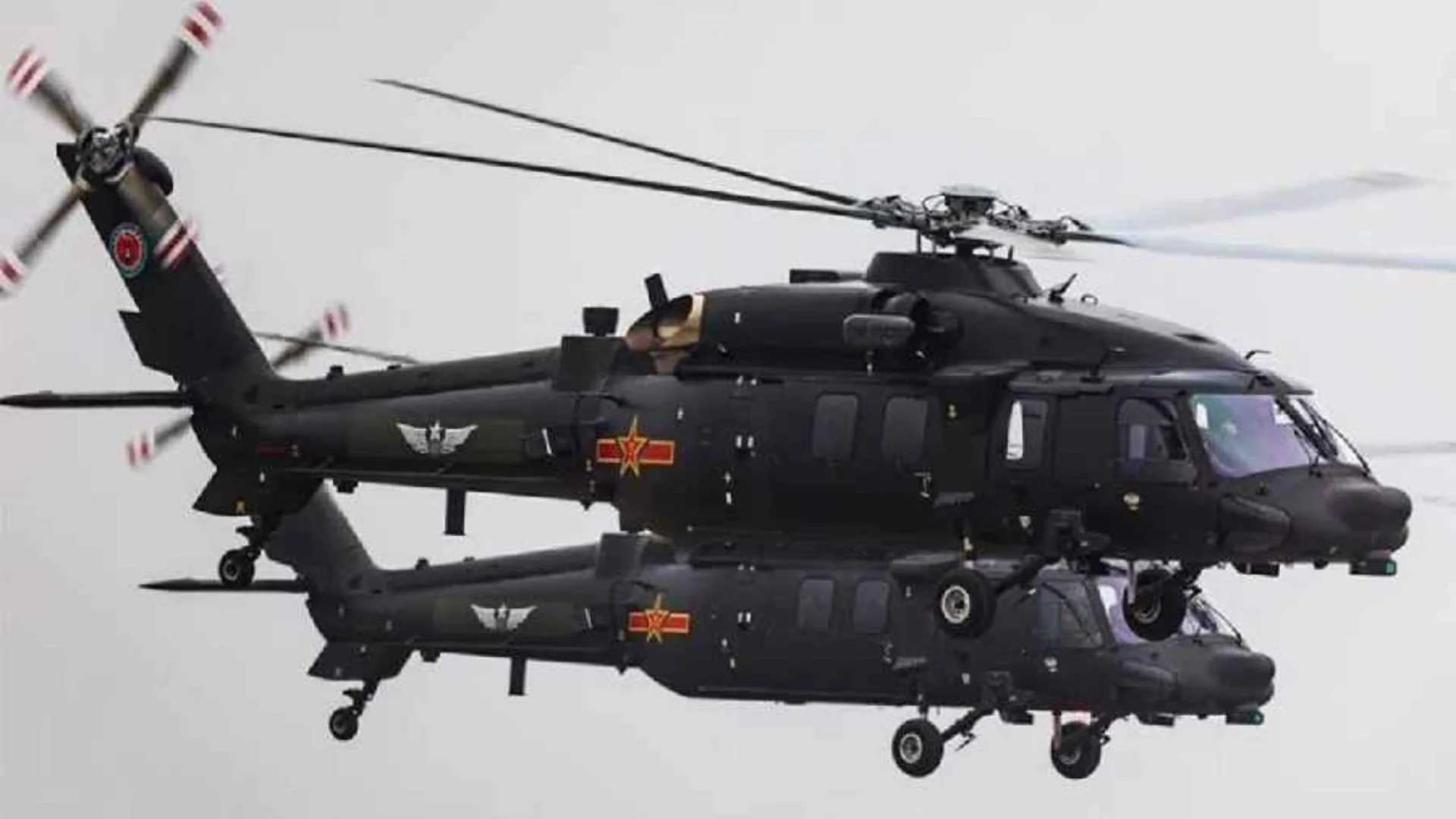Construction Advancements and Strategic Implications
A new heliport being built 20 kilometers east of the Line of Actual Control (LAC) in Arunachal Pradesh’s sensitive ‘Fishtails’ region could significantly enhance China’s military capabilities in the area. Located along the Gongrigabu Qu river in Tibet’s Nyingchi Prefecture, the heliport’s construction has accelerated since December 2023, with recent satellite images from September 16, 2024, showing it in an advanced state of development.
Experts, including geospatial analyst Damien Symon, highlight that this facility will bolster the People’s Liberation Army’s (PLA) intelligence, surveillance, and reconnaissance operations. The heliport addresses logistical challenges in the dense, rugged terrain of the region, enabling rapid troop deployment and reinforcing China’s strategic presence in these remote, critical areas.
Dual-Purpose Facility and Military Enhancements
Military sources indicate that the heliport may serve both military and civilian purposes, potentially facilitating the movement of civilians while enhancing China’s defensive and offensive capabilities. The facility, featuring a 600-meter runway and multiple hangars, is strategically positioned to support helicopter operations in the relatively lower altitudes of the area, which are more favorable for aviation compared to the higher Tibetan plateau.
The heliport’s development coincides with China’s broader strategy of constructing dual-use villages along its frontier with India. These ‘Xiaokang’ villages are part of China’s effort to assert territorial claims and alter the status quo along the LAC, a tactic described by India’s late Chief of Defence Staff General Bipin Rawat as “salami slicing.”
India’s Countermeasures and Strategic Response
In response to China’s actions, India has initiated the ‘Vibrant Villages’ project, aimed at developing 3,000 villages in Northeastern border states, including Arunachal Pradesh, with an initial budget of ₹4,800 crore. Additionally, a 2,400-kilometer trans-Arunachal highway is under construction to improve connectivity and reduce travel time to frontline Army posts.
Lt General Pravin Bakshi (retired), former head of the Eastern Command, has expressed concerns that the new heliport could pose a threat to sensitive areas along the LAC. He suggests that the Indian Army may need to coordinate with the Air Force to develop an appropriate response to prevent potential “grey-zone” warfare, which involves non-traditional conflict methods that challenge stability without reaching the threshold of conventional warfare.
The construction of the heliport reflects a shifting strategic landscape and underscores the ongoing tensions and competition between India and China over their shared border regions.







